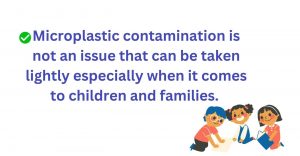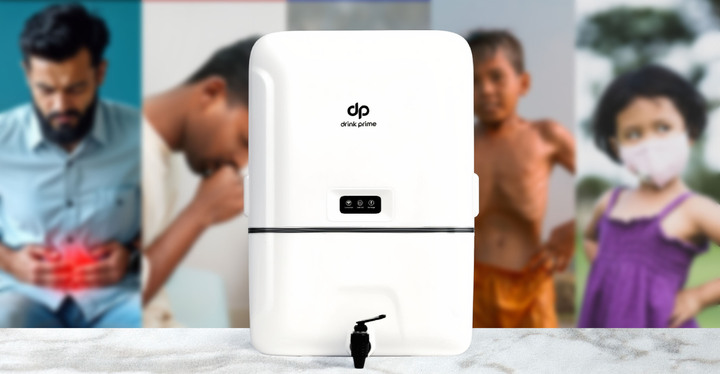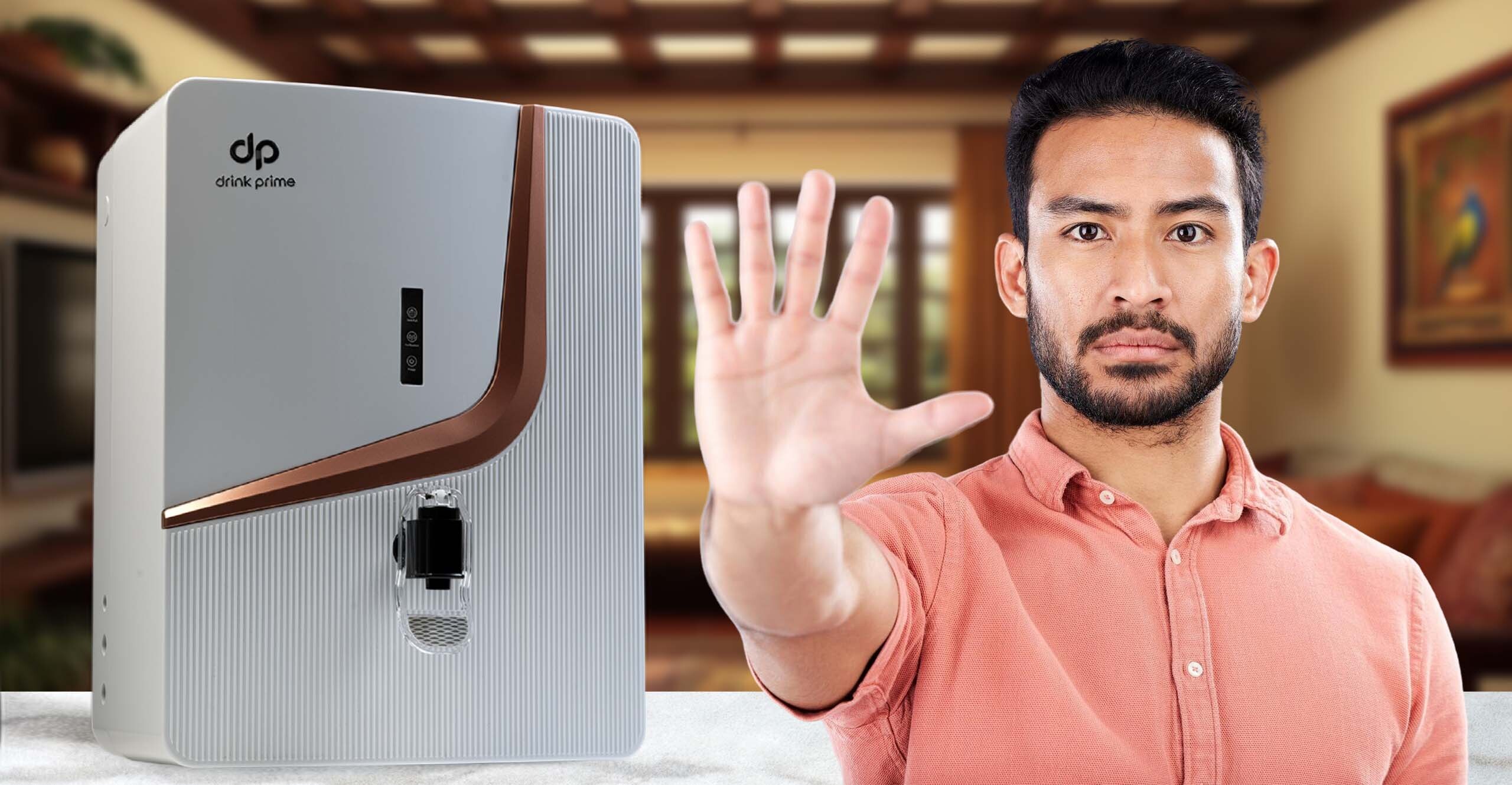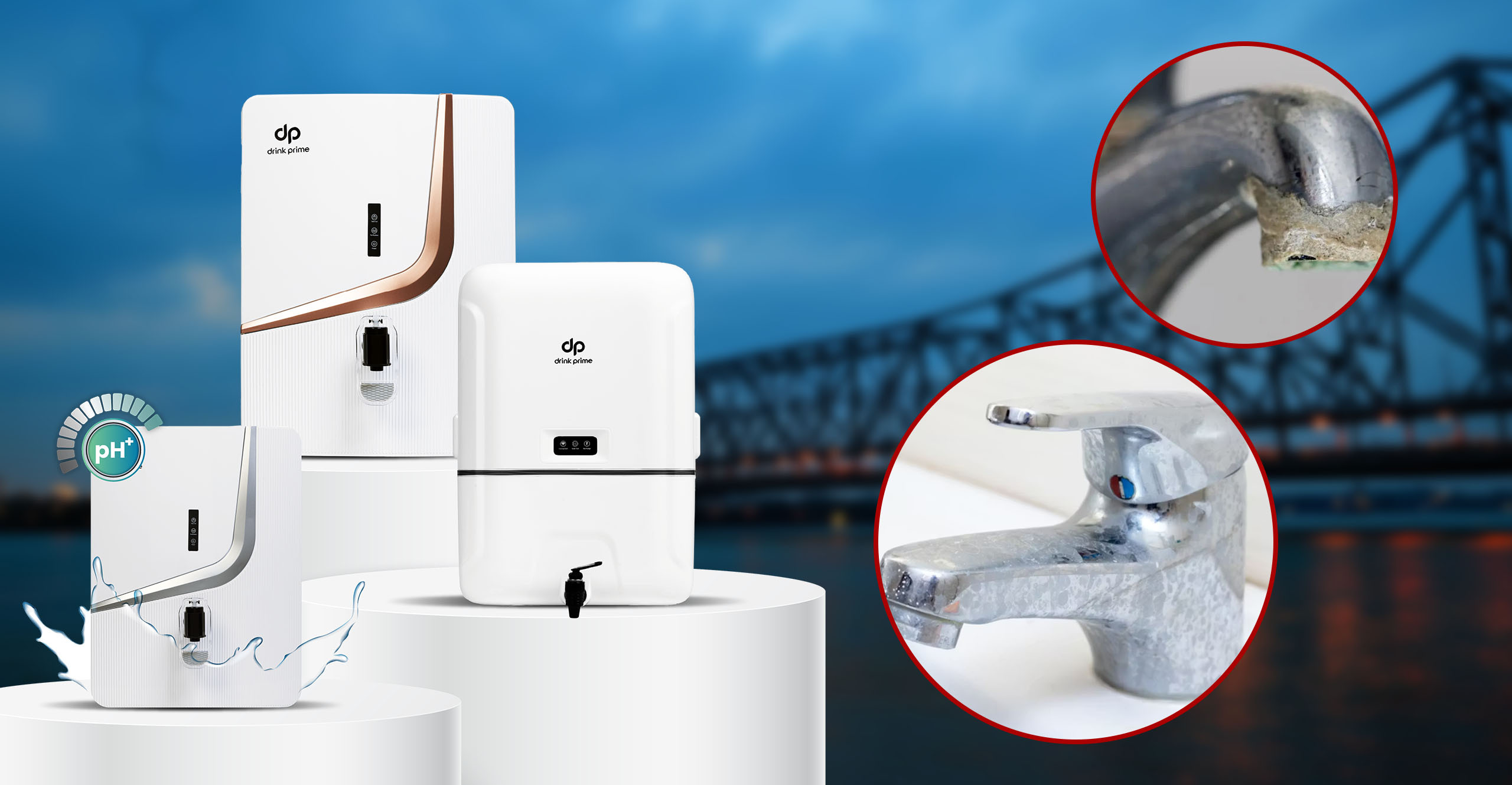Tiny bits of plastic, called microplastics, are sneaking into our lives and causing trouble, especially for kids and families. They’re everywhere – in the air we breathe, the water we drink, and the food we eat. These super small plastic pieces come from our overuse of plastic and not handling our trash well.
We unknowingly breathe in these bits and eat them with our food, and they’re causing worries about our health in the long run. Kids, who are still growing, might face more health problems from these tiny plastics. These small deadly particles have been linked to various health issues, including endocrine disruption and inflammation. The urgent need for awareness and action is evident as we grapple with the consequences of our plastic-laden lifestyle.
This blog is all about these microplastics in drinking water – how they get there, the risks they bring, and how water filters remove microplastics. So get a glass of water and let’s dive in and understand how we can keep our water clean and safe from these sneaky plastic bits.
Get 7 Days Risk Free Trial
How do microplastics get into water?
Microplastics find their way into our drinking water through several interconnected ways, creating a web of contamination that poses health risks when consumed over a long time. One major source is the breakdown of larger plastic items, such as water bottles and water cans, due to environmental factors like sunlight and heat. As these plastics degrade, they break down into tiny particles, becoming microplastics.
Additionally, microscopic plastic fibers shed from synthetic textiles during washing find their way into wastewater. Treatment plants are often not equipped to filter out these tiny particles effectively, allowing them to remain in treated water. Runoff from roads, where tire wear and road markings contribute to microplastic pollution, also contaminate water sources.
The journey of microplastics into drinking water doesn’t end there. Agricultural practices further worsen the issue. The irrigation of crops with contaminated water introduces microplastics into the very plants we consume.
Health-effects of microplastics

Once these microplastics make their way into our drinking water sources, they become a threat to human health. Studies have shown that microplastics carry harmful substances, acting as carriers for pollutants. When ingested over the long term, these particles may release toxins, causing potential harm to the human body.
The health effects of long-term exposure to microplastics in drinking water are a growing concern. Microplastics have been detected in human tissues, and while the full extent of their health impact is still under investigation, the correlation is alarming. Some studies suggest that microplastics may disrupt endocrine systems, leading to hormonal imbalances. Inflammation and oxidative stress are other potential consequences, with implications for chronic diseases.
Children, with their smaller bodies and developing immune systems, are particularly vulnerable. Prolonged exposure to microplastics during crucial stages of growth may have lasting effects on their health.
This is why it is necessary to have a reliable water purifier to remove microplastics. Let’s have a look at how water filter remove microplastics:
How water filter remove microplastics
Water purifiers play a crucial role in safeguarding our drinking water from contaminants, including the increasingly prevalent issue of microplastics. These tiny plastic particles, often invisible to the naked eye, pose a significant threat to water quality and human health. How does water filter remove microplastics? Well, water purifiers employ various technologies to effectively eliminate these microplastics, with membranes playing a pivotal role in this process.
One of the primary mechanisms by which water purifiers remove microplastics is through filtration. Many advanced water purifiers utilize membrane filtration systems, where membranes act as selective barriers to block particles based on their size. Microplastics, being very small in size, are effectively trapped by these membranes, preventing their passage into the treated water.
These membranes are designed with microscopic pores that allow water molecules to pass through while capturing particles larger than the pore size. This makes them highly effective in removing microplastics, which typically range in size from a few micrometers to millimeters. The membrane acts as a physical barrier, ensuring that the purified water is free from these plastic contaminants.
How RO water purifiers eliminate microplastics

1. Advanced technology
This is an important way water filter remove microplastics. Some water purifiers use advanced materials and technologies in their membranes to enhance their microplastic removal capabilities. Nanofiltration and reverse osmosis are examples of membrane-based processes that efficiently remove microplastics due to their fine filtration capabilities. Reverse osmosis, in particular, uses a semi-permeable membrane with extremely small pores, effectively preventing the passage of microplastics and other contaminants.
2. Membrane-based purification systems
This is one of the ways water filter remove microplastics. The key advantage of membrane-based water purification systems lies in their ability to provide a reliable solution for removing a wide range of contaminants, including microplastics. Unlike traditional filtration methods, these membranes offer a high level of precision and efficiency in trapping even the smallest particles. As a result, the purified water meets stringent quality standards, ensuring that consumers have access to safe and clean drinking water.
Get 7 Days Risk Free Trial
Conclusion
Microplastic contamination is not an issue that can be taken lightly especially when it comes to children and families. This is why it is crucial to enhance water treatment processes, improve waste management, and raise awareness about the sources and consequences of microplastic contamination. Water filter for microplastic filter out these tiny particles become important in protecting the quality of our drinking water and our health from the various side effects of microplastics.
If you are wondering where I can get a RO water purifier without burning a hole in your pocket- allows us to introduce ourselves. All you have to do is subscribe and we will take care of your drinking water needs 24×7! Click here to know more: https://bit.ly/46x9U1Z



